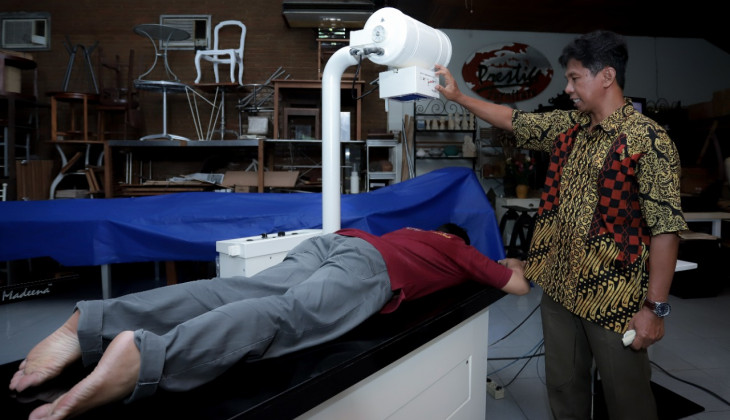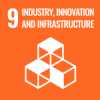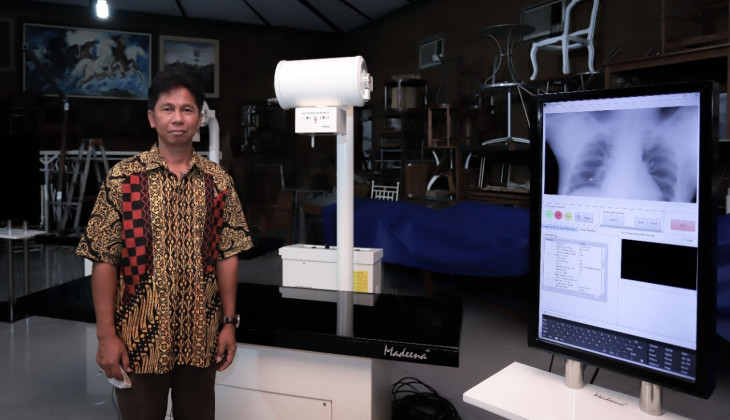
Medical staff is at the forefront of dealing with the Covid-19 pandemic. Currently, only two tools are often used for virus detection, namely the rapid test and the PCR test. The rapid test accuracy rate is only 30 percent from those two detection tools, and PCR is 75 percent. However, one more test tool can detect the accuracy of the virus through digital radiography technology developed by UGM lecturer, Dr. Bayu Suparta. “Digital radiographs can prove whether the virus infects us or not when viewed from the structure of the lungs. When exposed to the coronavirus, the lungs become damaged. It means, through radiography, the significance is up to 95 percent,” said Bayu Suparta to reporters on Thursday (25/6).
The lecturer at the Physics Study Program, Faculty of Mathematics and Natural Sciences UGM said that although technology can detect the level of accuracy of Covid-19, not all hospitals have this technology. According to him, out of 3000 hospitals in Indonesia, only type A hospitals receive this tool aid from the government. “Only type A hospitals are provided with digital radiographs. Others do not have it. It can be predicted that there are very few digital radiography tools; thus, it has become my big motivation for a long time to conduct research on digital radiography tools at affordable prices,” he said.
Although he did not want to mention his radiograph price, Bayu convinces it is much cheaper than the same imported tool. “My dream is that we are proud of our innovative products. Imagine that 9,000 public health centers can have it because the price is affordable,” he added. Bayu said that this digital radiographic research had been conducted since 30 years ago. His research was launched 15 years ago, which he dedicated as UGM’s superior product. However, until now, it has not had the chance to be downstream until finally launched by President Joko Widodo and dozens of other innovative products used to help overcome the Covid-19 outbreak on May 20 at the State Palace. “When it was launched, I thought it was no joke. My team and I are working hard to develop this tool,” he said.
There have been three digital radiography tools produced to obtain production permits, distribution permits, and user trials until now, said Bayu. Using the brand Madeena or Made in Ina (Indonesia), this tool has been used in the Tabanan Bali hospital. Furthermore, two other tools are used as conditions for the process of obtaining a mass production permit. “Regarding the downstream and commercial sectors, I entirely hand it to the government and stakeholders in the health sector. We have already applied for a production permit and a distribution permit. Moreover, the President had asked for innovative covid-19 monitoring products to make the permits easier,” he said.
Regarding the ability to detect Covid-19, Bayu believes that his tool can determine and identify patients’ prognosis affected by Covid-19. In fact, according to him, in the operation of the tool, it is very adaptive with 4.0 technology and is very safe for patients and medical staff. “It is very safe for patients because the radiation dose is as low as possible. A computer controls this tool, then X-rays emit into the patient’s body. The radiation canal is captured by the detector and connected to the monitor screen, then processed by the radiographer to be given to medical physicists. After that, it will be transferred to the doctor digitally as requested,” he said.
One of the advantages of this digital radiography tool, according to Bayu, is that it can connect with big data. As long as the hospital or health center has internet access, it can check radiographic data from a patient remotely if it is connected to the health system at each health care center.



